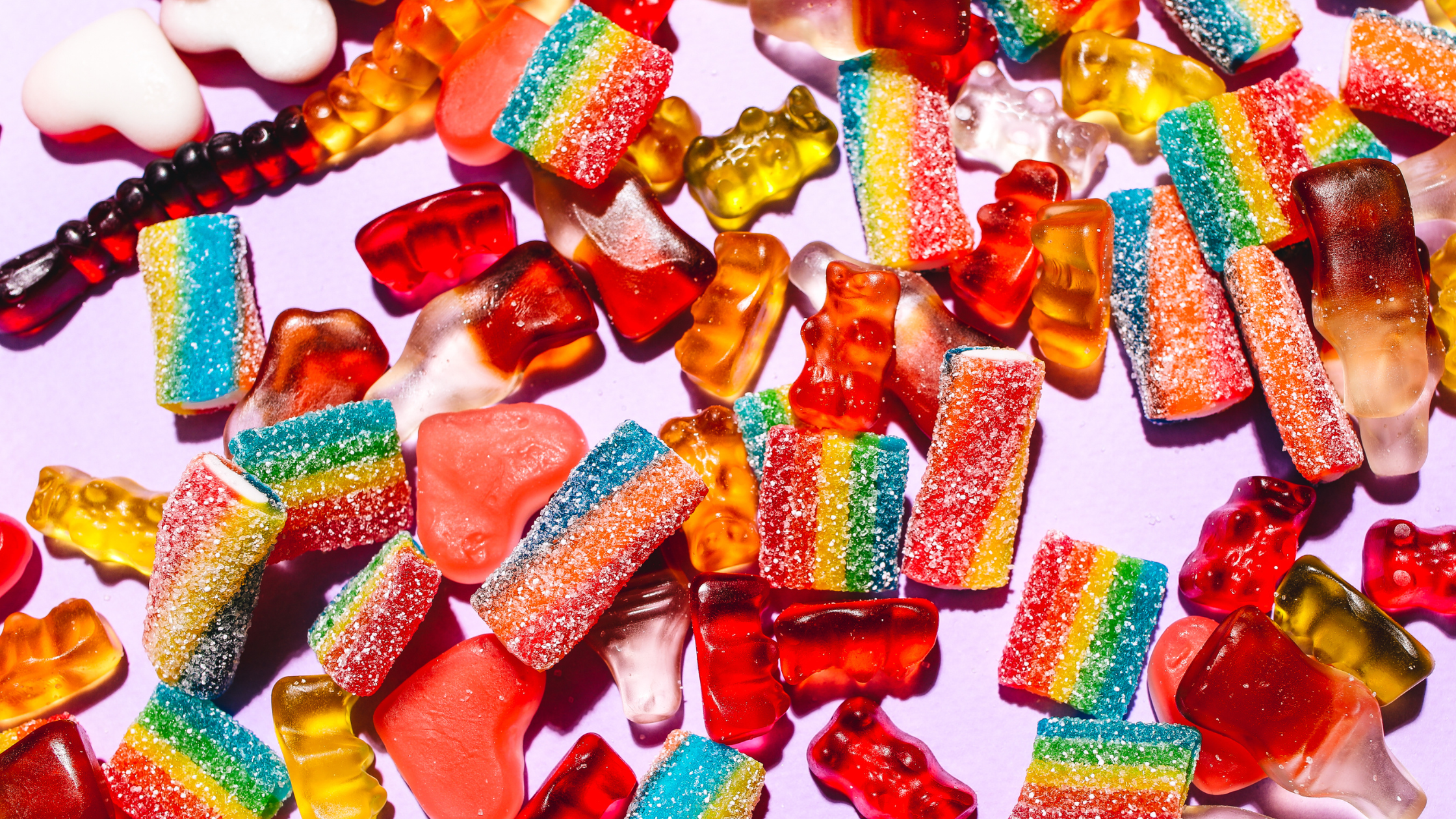
06 Feb Food Dyes & Your Child’s Gut
Brightly colored cereals, candy, and drinks may look fun, but have you ever wondered what gives them their bold colors? Many of these foods contain artificial food dyes, which are added to enhance color and make products more appealing. While they may seem harmless, research suggests that food dyes could impact children’s gut health and overall well-being.
As a pediatric gastroenterologist, I often get questions from parents about whether food dyes are safe for kids. Let’s explore how these additives affect digestion, behavior, and health—plus what parents can do to make informed choices.
What Are Food Dyes?
Food dyes are synthetic color additives used to brighten and enhance the appearance of processed foods, drinks, and even some medications. Some of the most common artificial dyes include:
- Red 40 – Found in candies, cereals, sports drinks, and snacks
- Yellow 5 – Commonly used in chips, soft drinks, and baked goods
- Blue 1 – Found in ice creams, gelatin desserts, and brightly colored candies
These dyes are approved for use by the FDA, but research has raised concerns about their potential effects, especially on children.
How Food Dyes Affect Gut Health
Disrupting the Gut Microbiome
The gut is home to trillions of bacteria that help digest food, support the immune system, and regulate metabolism. Some studies suggest that artificial dyes may alter the gut microbiome by reducing beneficial bacteria, which could contribute to digestive issues like bloating, gas, and irregular bowel movements.
Potential Link to Inflammation
Certain food dyes, particularly Red 40 and Yellow 5, have been linked to inflammation in animal studies. While more research is needed in humans, chronic inflammation in the gut has been associated with conditions like irritable bowel syndrome (IBS) and food sensitivities.
Possible Behavioral Effects
Although not directly related to gut health, artificial dyes have been linked to hyperactivity and behavioral changes in some children. The gut and brain are closely connected, meaning anything that disrupts gut health could potentially influence mood, focus, and behavior.
How to Reduce Artificial Dyes in Your Child’s Diet
The good news is that avoiding artificial dyes is easier than you might think. Here are a few simple ways to cut back:
- Check Food Labels – Look for products that use natural colorings like beet juice, turmeric, or spirulina instead of artificial dyes.
- Choose Whole Foods – Fresh fruits, vegetables, whole grains, and unprocessed snacks naturally come without dyes.
- Limit Processed Foods – Many foods that contain artificial dyes are also high in sugar and low in nutrients. Reducing processed snacks can benefit overall health.
- Try Natural Alternatives – If your child loves colorful treats, look for brands that use plant-based food colorings or make homemade snacks with natural ingredients.
While artificial food dyes are common in many processed foods, parents can make small changes to limit their impact on children’s gut health. Focusing on whole, dye-free foods and reading ingredient labels can go a long way in protecting your child’s digestive system and overall well-being.
If your child struggles with digestive issues, food sensitivities, or unexplained symptoms, it may be time to take a closer look at their diet. Schedule an appointment today to discuss your child’s gut health and get expert guidance.